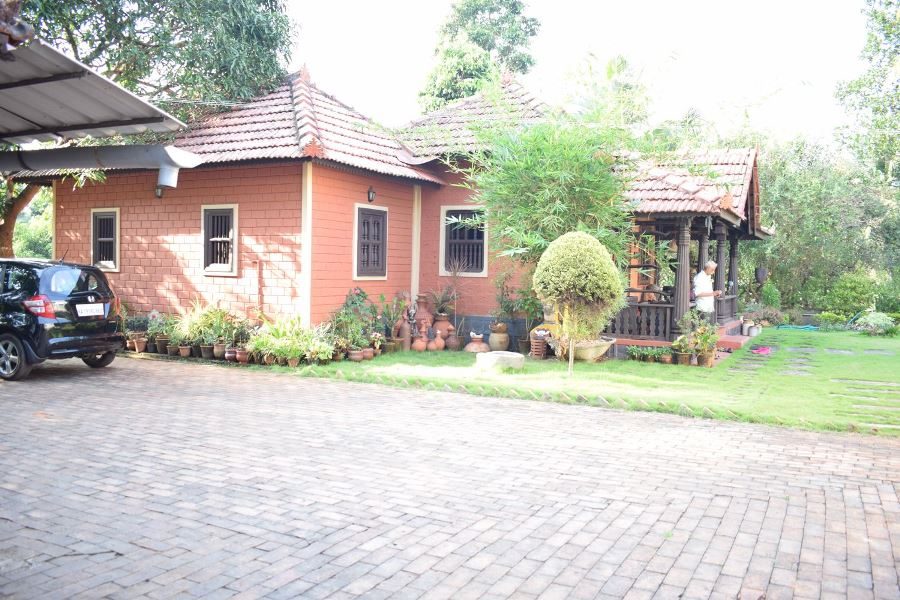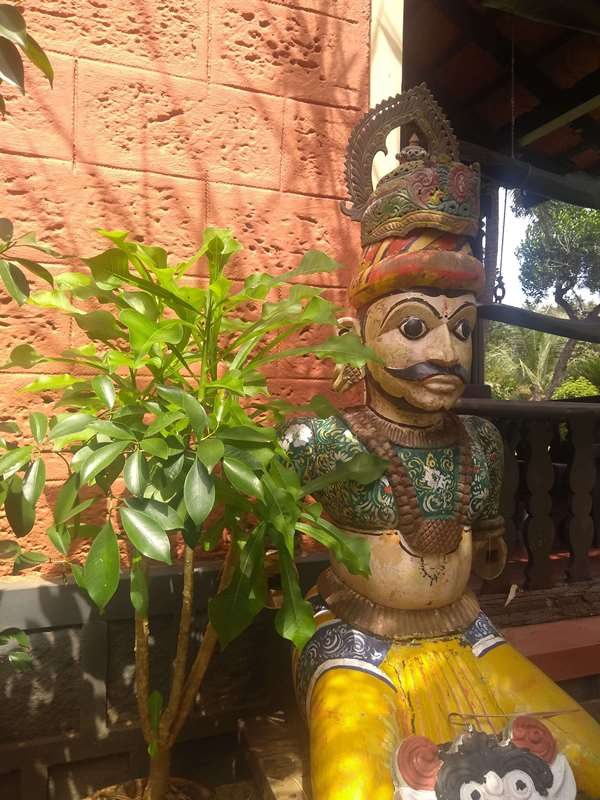Strings of heritage- Your thoughts on experiments in art, your favourite artist and contemporary art.
Girija @2flatbrush- I am so psyched about art installations. Larger than life art installations that just literally make you walk in to the art. I love amalgamation of several art forms and collaboration of artists.
There’s no single favorite. But I love the lines of MF Hussain, the fearless Frida Kahlo, Acrylic techniques of Milind Nayak, an old man in Jayanagar who doesn’t sell his works but just wants to express himself in inks, and displays art just for pleasure, my brother who was the first portrait artist I knew, and a million others I follow on Instagram who inspire me every day. I love oil painters who have the patience to layer and glaze. I love a lot of illustrators and comics who comment on social issues relentlessly. Most of all, I love sculptures and our traditional nameless painters of Indian Historic murals of all religions.
Strings of heritage– Do you think an education in art is relevant to ones success?
Girija @2flatbrush- Success is a dicey term. It is set by one self. I don’t see art as a means to an end. Art is itself success, to be able to express yourself creatively is a success, and to package wonder is a success. Art itself is an education. Having said that,I see tremendous improvement in my work in the last three years working full time. So if art education lets you practice for years, I am all for it. I am for anything that’s a focused approach to practice your craft without you having to look over your shoulder for validation all the time. So a formal education is both bad and good in some ways.
Strings of heritage- Where do you see yourself five years down the line in terms of your evolution as an artist?
Girija @2flatbrush- I have my cake and I am eating it too. In five years, I want to be able to do what I am doing right now:) Live, love and paint! If I am able to bring about some social awareness through some public art, it will be the cherry on the cake.

















































